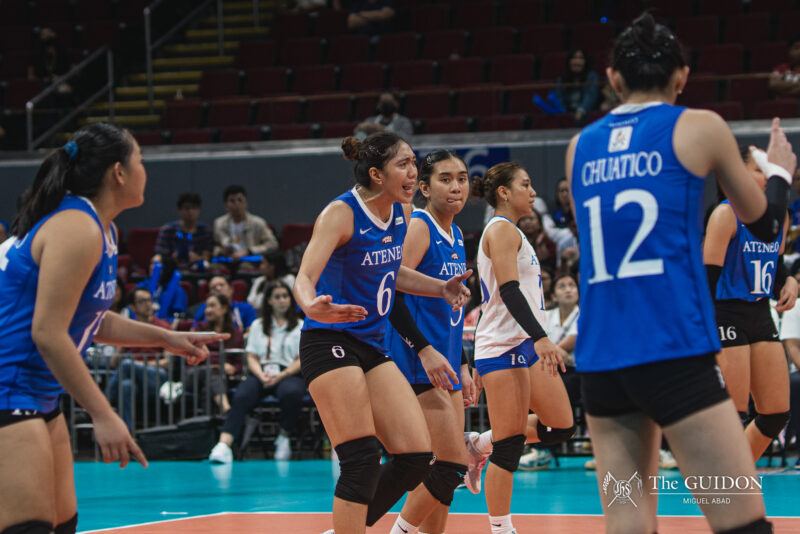I am a Tausug. My great grandfather was Hadji Butu Rasul, who served as the wazir—adviser or prime minister—to the last three Sulu sultans: Badarud-Din II (1881-1884), Harun ar-Rashid (1886-1894) and Jamal ul-Kiram II (1894-1915). The latter signed the 1915 Carpenter Agreement formally abdicating and transferring the sovereignty of the Sulu Sultanate to the Americans. My grandfather, Lt. Col. Abdul Rajick Taib, was a member of the Ruma Bichara, or the House of Elders, that accompanied Sultan Esmail E. Kiram I (1950-1974) to Malacañang when he was presented before former President Ferdinand E. Marcos.
Sulu’s Sultans
Growing up, I was led to believe that the blood of the Prophet Muhammad ran in the veins of the sultans, legitimizing their status as “Allah’s shadow on earth.” It claims that such divine privilege extends to their family and as expected there have always been more than one claimant to the post. I am glad that I have outgrown this myth; after all, the sultan had never acquired absolute power over the other datus or rajahs. To put it simply, the sultan was just the highest ranking datu or rajah.[1]
At the turn of the 20th century, the dismantled Sulu Sultanate was replaced with a democratic form of government. After the death of Sultan Kiram II in 1936, the Commonwealth government under President Manuel Quezon refused to recognize any successor to Kiram II. Quezon wanted the title and sultanate to be abolished for good with the death of Kiram II. In a speech he gave before a meeting of a Lanao sultan and datus, he reiterated his policy that “… the sultans have no more rights than the humblest Moro and that under my administration the humblest Moro will be given as much protection as any datu under the law, and that his rights will be recognized exactly as the rights of a datu will be and that every datu will have to comply with his duties as a citizen to same extent and in the same manner that the humblest Moro is obligated.”[2]
Consistent with the democratic ethos, Quezon wanted equal rights for all, both Christians and Muslims alike and with no special privileges given to any class. The Quezon government followed through the American plan to dismantle, once and for all, the sultanate that was seen as a hindrance to the establishment of a democratic form of government, where the will of the people can take precedence over the sultan’s.
Although democracy seemed to be foreign to some Tausugs, nonetheless, it may just be the closest to the Islamic ideal of governance that they can get. Another chance for democracy to succeed in the Bangsamoro may just begin with a clean election in ARMM, particularly Sulu, this May 2013, a positive transition towards the soon-to-be Bangsamoro Political Entity in 2016.
Now, there is sudden media attention given to the Sulu Sultanate as a result of Jamal ul-Kiram III’s decision to claim Sabah as the sultanate’s homeland. As of press time, this has led to the death of at least 60, risking the lives of thousands of legal Filipino immigrants in Sabah and causing a diplomatic conundrum for the Philippines and Malaysia. Of course, the Sabah issue for most Tausugs, including myself, is an emotional one. Emotions can run high when given Sabah’s rich natural resources; there is perhaps a certain excitement with the prospect of how it can redeem Sulu from its poverty. But the deaths and violent intimidations inflicted on non-combatant Filipinos in Sabah makes one rethink and question Kiram III’s adventurism.[3]
Sabah’s Indigenous Peoples
Farish A Noor, in his Rappler article “Between a fluid region and a hard state” enumerated that the “…indigenous people of Sabah happen to be the Kadazandusuns and the Muruts, who consist of the Bonggis (Banggi island, Kudat), the Idaan/Tindals (Tempasuk, Kota Belud), the Dumpaas , Kadazans (Orang Sungai, Kinabatangan), the Bagahaks (Orang Sungai, also Kinabatangan), the Tombinuo and Buludupis Kadazans (Orang Sungai, also Kinabatangan), the Kimaragang Kadazans (Tandek and Kota Marudu), the Liwans (Ranau and Tambunan), the Tangaah Kadazans (Panampat and Papar), the Rungus (Matunggong and Kudat), the Tatanah Kadazans (Kuala Penyu), the Lotuds (Tuaran), the Bisayas (Beaufort), the Tidongs (Tawau) and the Kedayans (Sipitang). Then there are the Muruts who consist of the Nabais, Piluans, Bokans, Taguls, Timoguns, Lundayehs, Tangaras, Semambus, Kolors and Melikops.” Most of these Sabahan ethnic groups even pre-dated the Brunei Sultanate. Despite the tongue-twisting names, I wanted my students to read them aloud as a way of validating their existence. Similarly, I remember a time when I used to recite the names of the dead during the celebration of the holy mass as a way of remembering the dead as intended.
The existence of these Sabahan indigenous groups has made me reassess the Sabah claims and take the perspective that is similar to that of our own Moro people and lumad(s) in their struggle to regain their ancestral land and sovereignty.
The Sabah claims of Kiram III and Malaysia must be seen from the point of view of the indigenous Sabahans. Historians claim that Sabah was a reward by the Sultan of Brunei to the Sulu Sultanate for helping them quell the rebellion of 1658. But what gave him the right to hand over Sabah to the Suluks? Why was there a rebellion against the Sultanate of Brunei in the first place? Apparently, the Sabahans refused to be ruled by the “colonial” Bruneians.
The Murut Lundayeh, like the rest of the Sabahan ethnic groups, were placed under the Sultanate of Brunei starting with the first Sultan Muhammad Shah (1363-1402)—a convert to Islam who became the first sultan of Brunei. The warlike Lundayeh, however, held on to their indigenous religion and did not convert to Islam. Under the Bruneian rule, they were subject to taxes and tribute—just one of the many reasons why they constantly rebelled against the Sultanate of Brunei. It was in the 1658 Sabah rebellion of the combined Lundayeh and Sabahan–Chinese that the Brunei Sultan Abdul Jalil-ul Akbar sought the assistance of the Sulu Sultanate.[4] Receiving help in quelling the Sabahan rebellion does not give the Bruneian sultan the right to give away Sabah as a reward to the Suluks.
Sabah is not a piece of pie or property that can be sliced and shared from one claimant to the next. It is not for the sultans, nor for Malaysia and the Philippines.
Dr. Renato T. Oliveros is a lecturer from the Interdisciplinary Studies Department of the Ateneo de Manila University, where he teaches a course on Islam and the Bangsamoro. He is also a consultant of the Al-Qalam Institute on Islamic Identities, Ateneo de Davao University. He finished his master’s degrees in Theology and Islamic Studies from the Ateneo de Manila and Hartford Seminary, respectively, and obtained his doctorate in Religion (Islam) from Temple University in Philadelphia.
[1] Thomas Kiefer, “Parrang Sabbil: Ritual suicide among the Tausug of Jolo,” http://www.kitlv-journals.nl/index.php/btlv/article/viewFile/1869/2630
[2] Peter Gowing, Muslim Filipinos: Heritage and Horizon (Quezon City: New Day Publishers, 1979).
[3] Julie Alipala and Karlos Manlupig, “We’re treated like animals,” Philippine Daily Inquirer 10 March 2013, http://globalnation.inquirer.net/67981/were-treated-like-animals
[4] Keat Gin Ooi, ed. (2004), Southeast Asia: A Historical Encyclopedia, USA; J Hunt Esq, ed. (1812), Sketch of Borneo or Pulo Kalamantan, Mission Press.



